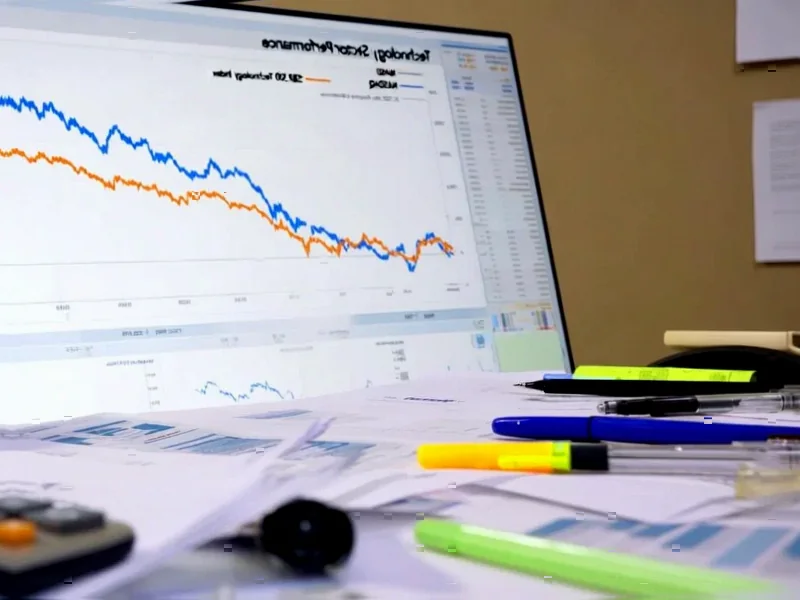According to CNBC, stock futures showed minimal movement Monday night following a session where the S&P 500 and Nasdaq Composite closed higher on continued artificial intelligence enthusiasm. Futures tied to the Dow Jones Industrial Average slipped 23 points, or 0.05%, while S&P futures were essentially flat and Nasdaq 100 futures ticked down 0.05%. Palantir shares rose less than 1% in extended trading after the software company beat Wall Street’s third-quarter estimates and gave strong guidance, fueled by AI business growth. The tech-heavy Nasdaq ended Monday higher by nearly 0.5%, while the S&P 500 rose almost 0.2%, though the Dow lost about 226 points, or 0.5%, with more than 300 stocks in the broad-market index closing in the red. This market divergence highlights both the power and potential fragility of the current AI-driven rally.
The Concentration Conundrum
What’s particularly concerning about this AI-fueled rally is the extreme market concentration developing. When more than 300 S&P 500 stocks decline while indices push higher, we’re witnessing a classic case of narrow leadership that historically precedes volatility spikes. The market’s dependence on a handful of AI beneficiaries creates systemic risk, as any disappointment in AI revenue realization or growth projections could trigger outsized corrections. This isn’t just about the “Magnificent Seven” anymore—we’re seeing further concentration within that group as companies like Amazon benefit from specific catalysts like their OpenAI partnership while others struggle to maintain momentum.
The AI Spending Supercycle
We’re in the early innings of what appears to be a multi-year AI infrastructure buildout, with hyperscalers continuing to ramp capital expenditures despite macroeconomic uncertainties. This spending cycle differs from previous tech booms because it’s driven by tangible enterprise demand rather than speculative retail enthusiasm. Companies across sectors are allocating significant budgets to AI implementation, creating a virtuous cycle for infrastructure providers. However, the market may be underestimating how quickly this spending could normalize if early AI projects fail to deliver promised ROI, potentially creating a “capex cliff” scenario in 2025-2026.
The Valuation Reality Check
Goldman Sachs’ Tony Pasquariello correctly notes that risk-reward isn’t as attractive as several months ago, but this understates the valuation extremes we’re witnessing. Many AI-related stocks are pricing in near-perfect execution over multiple years, leaving little room for operational missteps or competitive pressures. The market seems to be treating all AI exposure as equally valuable, when in reality we’re likely to see significant stratification as companies demonstrate (or fail to demonstrate) sustainable monetization strategies. Investors should differentiate between companies building durable AI moats versus those simply riding the hype cycle.
Implications for Sector Rotation
The AI concentration creates interesting opportunities in overlooked sectors. As capital floods into AI-related names, quality companies in traditional technology, industrials, and even consumer staples are trading at relative discounts despite solid fundamentals. This sets the stage for potential mean reversion once AI euphoria moderates. Additionally, the infrastructure demands of AI—from power generation to cooling systems to semiconductor manufacturing—are creating ripple effects across industrial and utilities sectors that haven’t yet been fully priced into those markets.
Fed Policy’s Double-Edged Sword
The anticipated Federal Reserve rate cuts that Pasquariello references could actually work against AI stocks in unexpected ways. While lower rates typically benefit growth stocks, they might also trigger rotation into value and cyclical sectors that have been neglected during the AI rally. Furthermore, if rate cuts are accompanied by economic weakening, enterprise AI budgets could face scrutiny as companies prioritize operational efficiency over transformational spending. The market seems to be pricing in a “Goldilocks” scenario where the Fed cuts rates without economic deterioration—a historically difficult balance to maintain.




